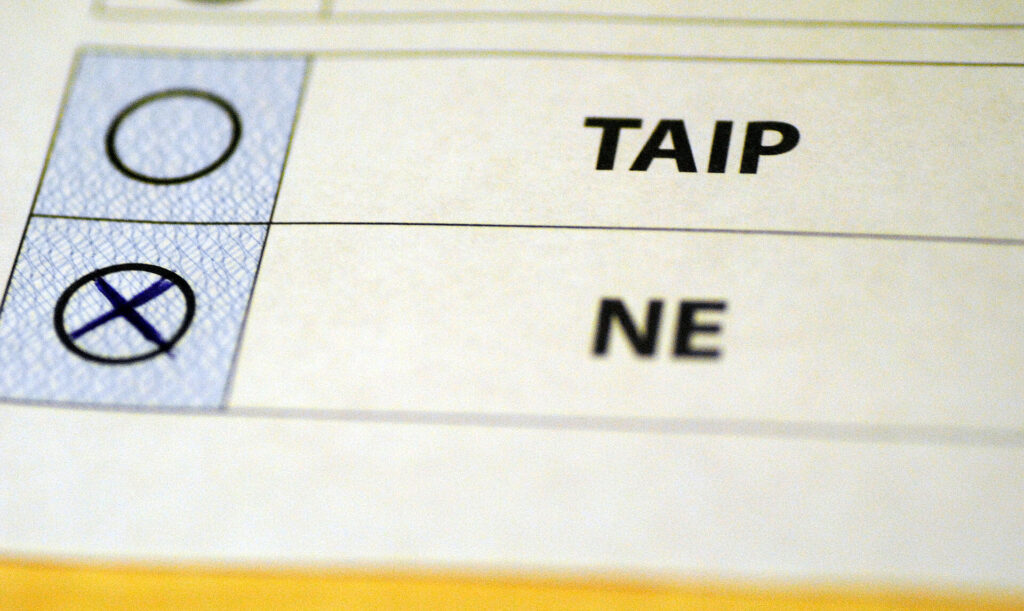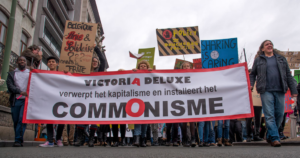The main result of EP elections in Lithuania could be summed up as a pro-EU anti right-wing populism victory.
None of the anti-EU formations got any seats in the EU parliament. The very high turnout (53.08%) was the result of an election day combining the European election with the second round of a very popular Presidential election — but also the result of the understanding that these are very important elections for European unity.
Voices of the left electorate were split between the social-democrats, the peasant-greens and an electoral committee called “Aušra Maldeikienė train“.
The Social democrats had suffered a painful blow in 2017, when part of the party (mainly ex-nomenclature politicians) split from the main party and founded a new one. However, it looks like the ideological renewal inside LSDP is gaining new strength. After a blow in March, where LSDP lost all the main cities (in Vilnius, Kaunas and Klaipeda), LSDP didn’t cross the 4% threshold and, also in the first round of the presidential election, LSDP candidate Vytenis Andriukaitis came 4th (with only 4,76% of votes). In the EP election however, LSDP got 200 thousand votes and came second (after conservatives). Two elected candidates of LSDP — Vilija Blinkevičiūtė and Juozas Olekas — will join the S&D group in the EP.
Peasants-Greens came third with only 11.92% of the votes. This shows the rapid decline of their popularity since the General elections in 2016. Their two elected MEPs Bronis Ropė and Stasys Jekeliūnas will join The Greens/European Free Alliance at the EP. The most progressive and active leftist candidate on the parties list Tomas Tomilinas came 4th with 29 thousand votes.
Electoral committee “Aušra Maldeikienė train“ won 1 seat for Aušra Maldeikienė, who herself by political leaning is a Christian democrat, but with some leftists activists on her list (like Alina Andronova). Because of this and also by declaring tolerance towards various minority groups this committee attracted votes from some progressive voters who wouldn’t vote for LSDP or Peasants. Maldeikienė is considering to either join the group of the European People’s Party (Christian Democrats) or some Green alliance.
Overview of the electoral results
a) Voters’ turnout and comparison with the European-elections 2014
53.08 % of voters
2014- 47.31%
b) Overall results and results of single parties/also numbers of seats in comparison with the European-elections 2014
1. TS-KD Conservatives-Christian democrats 18.60%, 3 seats (2014 16.42% 2 seats): gained 1 seat
2. LSDP Social democrats 15.07%, 2 seats (2014 16.32% 2 seats): retained status quo, however, due to high turn up LSDP raised 200 thousand voices. In comparison, in the local elections 2019 February they got 156 thousand.
3. LVŽS Peasants-greens 11.92%, 2 seats (2014 6,25% 1 seat) – gained 1 seat, but lost their position as a leading party over all.
4. DP Labour party 8.54%, 1 seat (2014 12,12% 1 seat) – populist party, retained status quo in relations to seats, even though their legal immunity has been removed by EP in previous term, due tot he court case on political fraud allegations.
5. LRLS Liberals 6.20% 1 seat (2014 15.6% 2 seats) – lost 1 seat, however, it is surprising they got through at all, as there is a vast political corruption case against the party ongoing.
6. VKM-AMT 6,10%, 1 seat (2014 did not exist) electoral committee „Ausra Maldeikiene train“.
Cover image: By Vilma Fiokla Kiure, freelance artist



